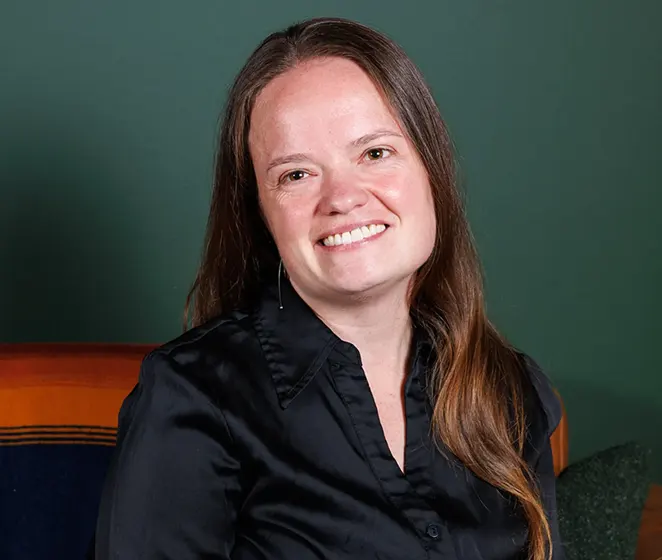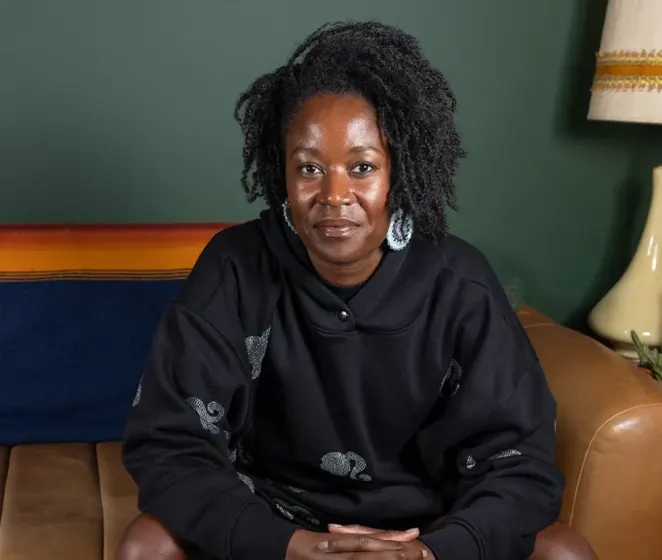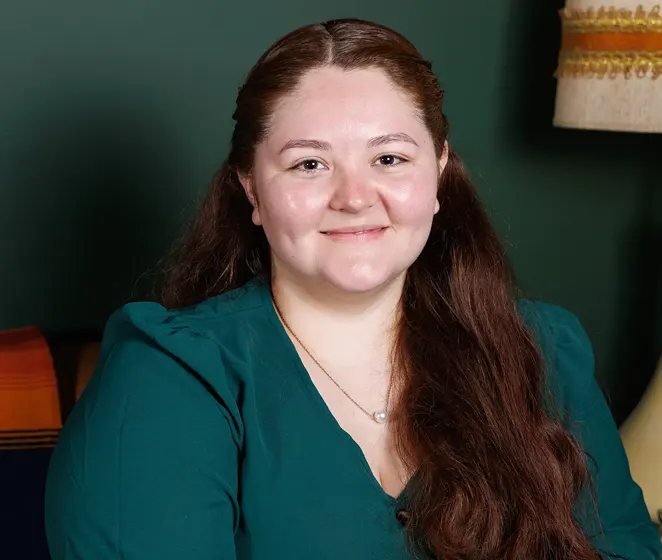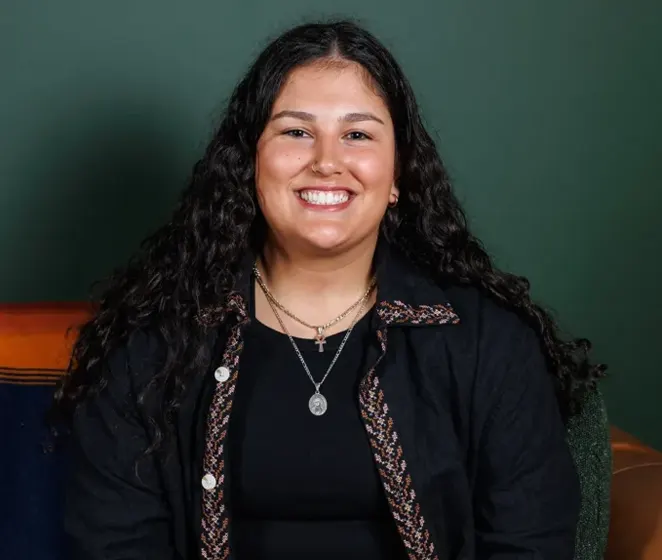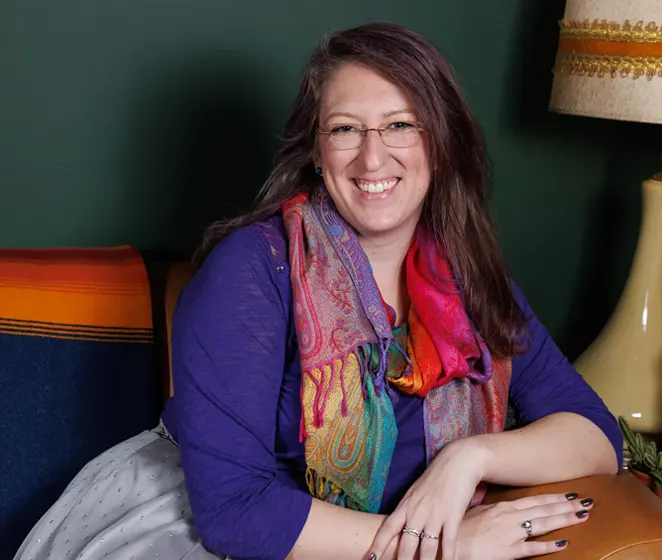Some people want closeness but feel panicked when they get it.
Some people trust no one, but ache to be held.
Some people love deeply, but expect to be hurt, and blame themselves when it happens.
If this sounds familiar, you might be living with a disorganized attachment style. This is the most complex and least talked about of the primary attachment styles. It doesn’t fit neatly into a box, because it was often formed in a world where safety and danger lived in the same place.
What Is Disorganized Attachment?
Disorganized attachment, sometimes called fearful-avoidant, develops in environments where the source of love was also a source of fear. It often emerges in childhoods marked by trauma, abuse, neglect, or profound inconsistency. The caregiver may have been emotionally unavailable one moment, and intrusive or explosive the next. Or loving in ways that were controlling, conditional, or enmeshed.
The child learns two conflicting truths:
I need you to survive.
You are the source of my pain.
There’s no way to resolve that paradox. So the attachment system becomes fragmented, reaching for connection and recoiling from it, all at once.
What It Can Feel Like

As an adult, disorganized attachment can feel like never knowing which part of you will show up in a relationship. You might be:
- Desperate for closeness one day, avoidant the next
- Triggered by affection and abandonment in equal measure
- Engaged in intense, chaotic relationships followed by total emotional withdrawal
- Mistrusting others but overwhelmed by the thought of being alone
- Deeply afraid of being seen—and equally afraid of being invisible
Underneath these patterns is a nervous system that has learned to expect danger where there should have been safety. Emotional intimacy activates both longing and alarm. Being alone feels intolerable. Being known feels unsafe.
So you move between collapse and defense. Craving and control. You might even describe yourself as “too much” and “not enough” in the same breath.
It’s Not Your Fault
If this is how you learned to survive, it makes sense. You were adapting in an environment that didn’t offer consistent regulation, protection, or unconditional care. Your body learned to stay ready for abandonment, for conflict, for emotional whiplash. That readiness didn’t come from weakness. It came from wisdom.
You are not broken. You are fragmented from experience, not from defect.
In Relationships
Disorganized attachment can create painful, confusing dynamics with partners, friends, and even therapists. You may:
- Chase connection and then shut down when it gets real
- Feel suffocated by love, but devastated by distance
- Test boundaries without knowing you’re doing it
- Stay in relationships that are hurtful because they’re familiar
- Assume that people will hurt, leave, or expose you, so you try to beat them to it
You might want someone to prove they’re safe while simultaneously distrusting everything they offer. And when someone does show up, your nervous system may still stay braced for impact.
It’s not sabotage. It’s a survival memory.
In Therapy
Disorganized attachment often shows up in the therapeutic relationship. You may feel comforted by your therapist one week and suspicious of them the next. You might worry they’ll reject you, or fear your own dependency. You may test the edges of the relationship to see if it’s safe, if it’s real, and if it will last.
This is part of the work. Therapists are trained to help you understand your behavior patterns and won’t shame you for it. They’ll understand that healing from disorganized attachment takes more than insight. It takes relational repair. Over and over again.
Therapy becomes a space where you can learn that closeness isn’t always followed by harm. That rupture can be repaired. That you don’t have to disappear or perform to be kept in connection.
What Healing Can Look Like
Healing from disorganized attachment is possible. But it’s not linear, and it’s not fast. It happens through slow, consistent experiences of safety and choice.
It might look like:
- Naming both your fear and your longing in the same breath
- Noticing when you’re flipping between extremes and pausing with compassion
- Learning to regulate your nervous system so the connection doesn’t feel overwhelming
- Trusting that someone can stay even when you pull away
- Beginning to believe you are worthy of love that doesn’t require shape-shifting
There may still be moments of chaos. But there can also be steadiness. And eventually, those steady moments become more familiar than the storm.
A Reframe: You Weren’t Meant to Choose Between Love and Safety
Disorganized attachment asks:
How do I trust love when love has hurt me?
Healing answers:
You don’t have to choose anymore.
You get to have relationships where your needs don’t make you unsafe.
Where your complexity doesn’t make you unlovable.
Where you don’t have to disappear in order to be kept.
This is hard work. But you don’t have to do it alone.
If This Resonates
If you’ve lived at the intersection of craving and fear, closeness and withdrawal, therapy can offer a place to start again. To learn what safety feels like, not just intellectually, but in your body. To stop bracing. To let yourself be seen, without unraveling.
We’re here when you’re ready.





